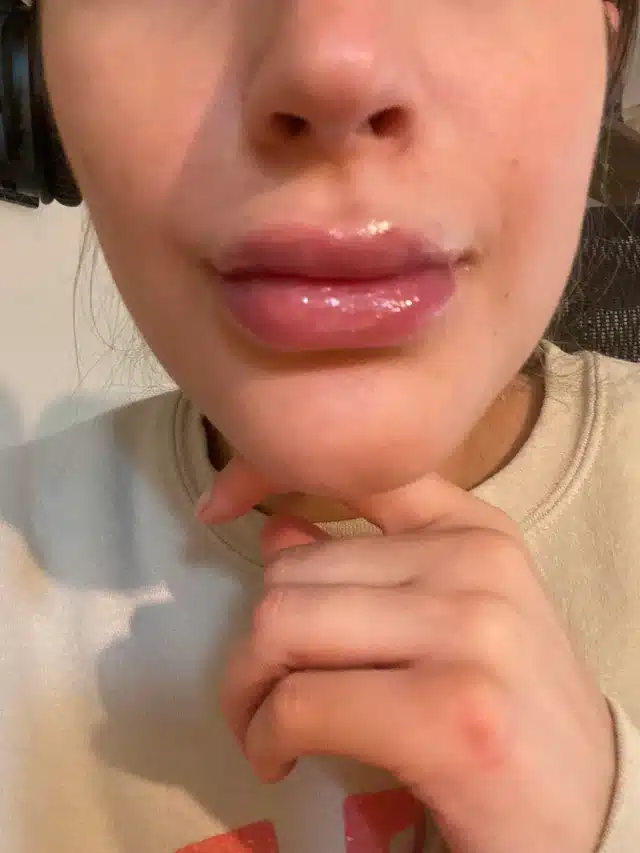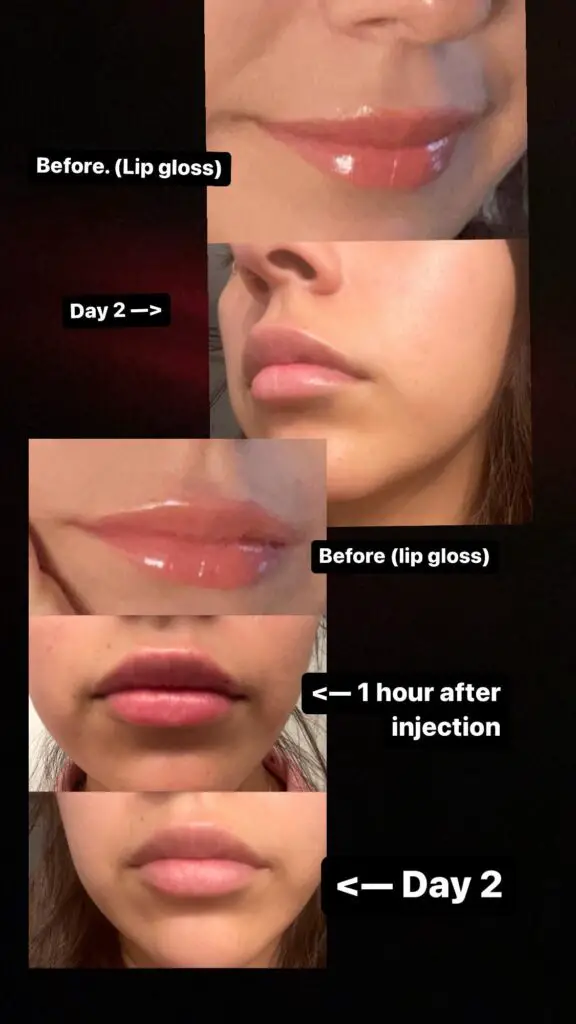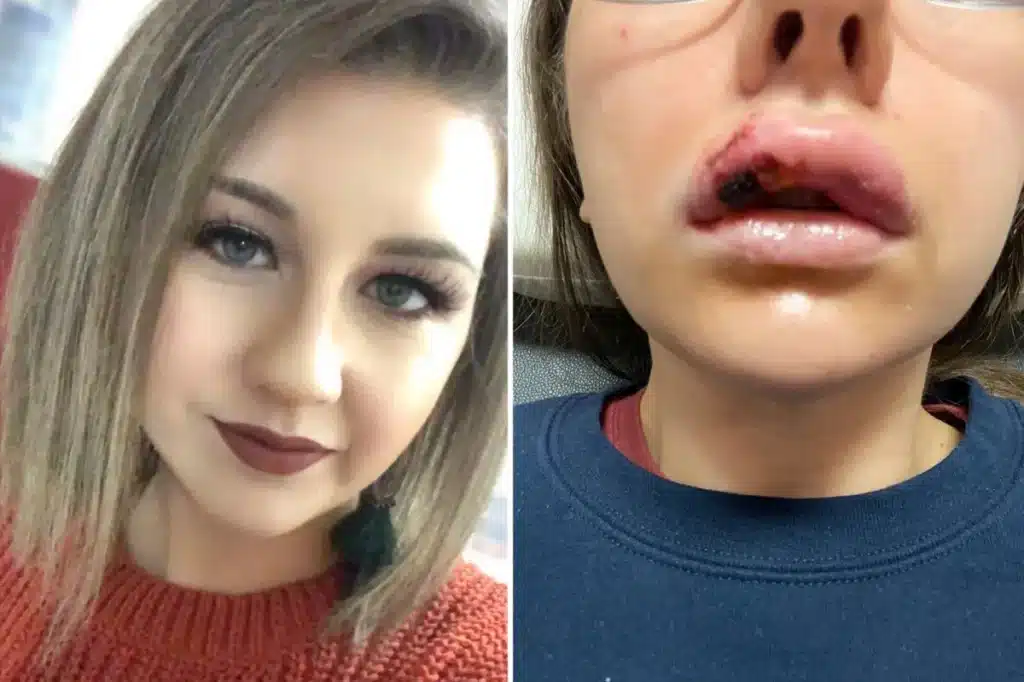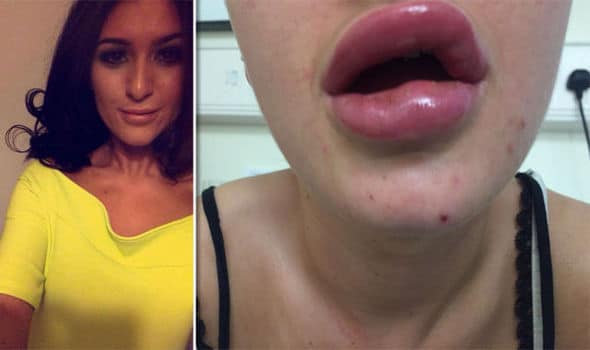Lip filler swelling stages embracing initial puffiness, evolving into natural enhancement over 1-2 weeks. Excessive swelling merits care.

Let’s a face it, plump, luscious lips are a coveted beauty standard. Lip fillers offer a way to achieve this look, but what happens after the procedure? Swelling is a common side effect, often referred to as a “beauty bump.” While it’s usually harmless, knowing the difference between normal post-filler swelling and a potential complication is crucial. This article delves into the truth about lip filler swelling stages, explores its prevalence, and equips you with information to navigate this temporary side effect.
Understanding Lip Fillers and Swelling

Lip fillers are injectable substances that add volume and definition to the lips. Hyaluronic acid (HA) is the most common type, as it naturally occurs in the body and can be dissolved if needed. During the procedure, a healthcare professional injects the filler into specific areas of the lips to achieve the desired shape and fullness .Swelling is a natural inflammatory response to the injection of any foreign substance. It is your body’s way of protecting the area and promoting healing. The severity and duration of swelling vary depending on several factors.
- Injection technique: A skilled injector minimizes trauma and swelling.
- Filler type and amount: Certain fillers and larger injection volumes can cause more swelling.
- Individual sensitivity: Some people simply experience more swelling than others.
Navigating the Beauty Bump: Stages of Lip Filler Swelling

Here’s a breakdown of what you can expect regarding swelling after lip fillers:
- Immediately after: Mild swelling and tenderness are immediate and normal. You might also experience slight bruising.
- 24-48 hours: Swelling usually peaks within this timeframe. Lips may feel tight and appear noticeably fuller.
- 3-5 days: Gradual reduction in swelling. Apply cold compresses for short intervals to reduce discomfort.
- 7-10 days: Most of the swelling should subside, revealing the final lip shape.
Prevalence of Lip Filler Swelling

Unfortunately, there is no definitive data on the exact percentage of women and girls experiencing lip filler swelling. However, studies suggest that swelling is a very common side effect, potentially affecting upwards of 80% of patients after treatment.
Here’s why precise numbers are elusive:
- Reporting bias: Many people might not report mild swelling as a bothersome side effect.
- Variations in experience: As mentioned earlier, individual sensitivity plays a significant role.
- Uneven reporting standards: Studies might not consistently capture this side effect.
While the exact percentage may be unclear, it is a safe to say swelling after lip fillers is extremely common and shouldn’t be a cause for immediate concern unless it worsens or persists beyond the expected timeframe.
When the Beauty Bump Becomes a Concern?

While some degree of swelling is expected, it’s important to be aware of signs that might indicate a potential complication:
- Severe swelling or asymmetry: If swelling is extreme, uneven, or worsens after a few days, it could indicate an allergic reaction or filler migration.
- Prolonged swelling beyond 10 days: Persistent swelling that doesn’t subside within the typical timeframe could be a sign of infection.
- Pain, redness, or fever: These symptoms can indicate infection and require immediate medical attention.
- Difficulty breathing: This is a rare but serious complication. If you experience trouble breathing after lip fillers, seek emergency medical care.
If you experience any of these concerning symptoms, contact your healthcare professional immediately. Early intervention can help prevent further complications.
Tips for Managing Lip Filler Swelling

Here are some ways to minimize swelling and promote a smooth recovery:
- Apply cold compresses: Use a clean washcloth with ice packs for short intervals (10 minutes on, 10 minutes off) during the first 24-48 hours.
- Elevate your head while sleeping: This helps reduce fluid accumulation in the lips.
- Avoid strenuous activity: Exercise can increase blood flow and worsen swelling.
- Stick to a soft diet: Avoid hard or chewy foods that can irritate the lips.
- Stay hydrated: Drink plenty of water to promote healing.
- Avoid excessive talking and touching: Give your lips time to rest and heal.
Always follow your healthcare professional’s specific post-filler instructions .Some specialist lips filler that solve this issues and also direct contact .Click for further detail
Conclusion
Lip filler swelling, the “beauty bump,” is a common and usually temporary side effect. By understanding the stages of swelling, its prevalence, and when to seek professional help, you can navigate this experience with confidence. Remember, prioritize your health and safety. If you have any concerns

